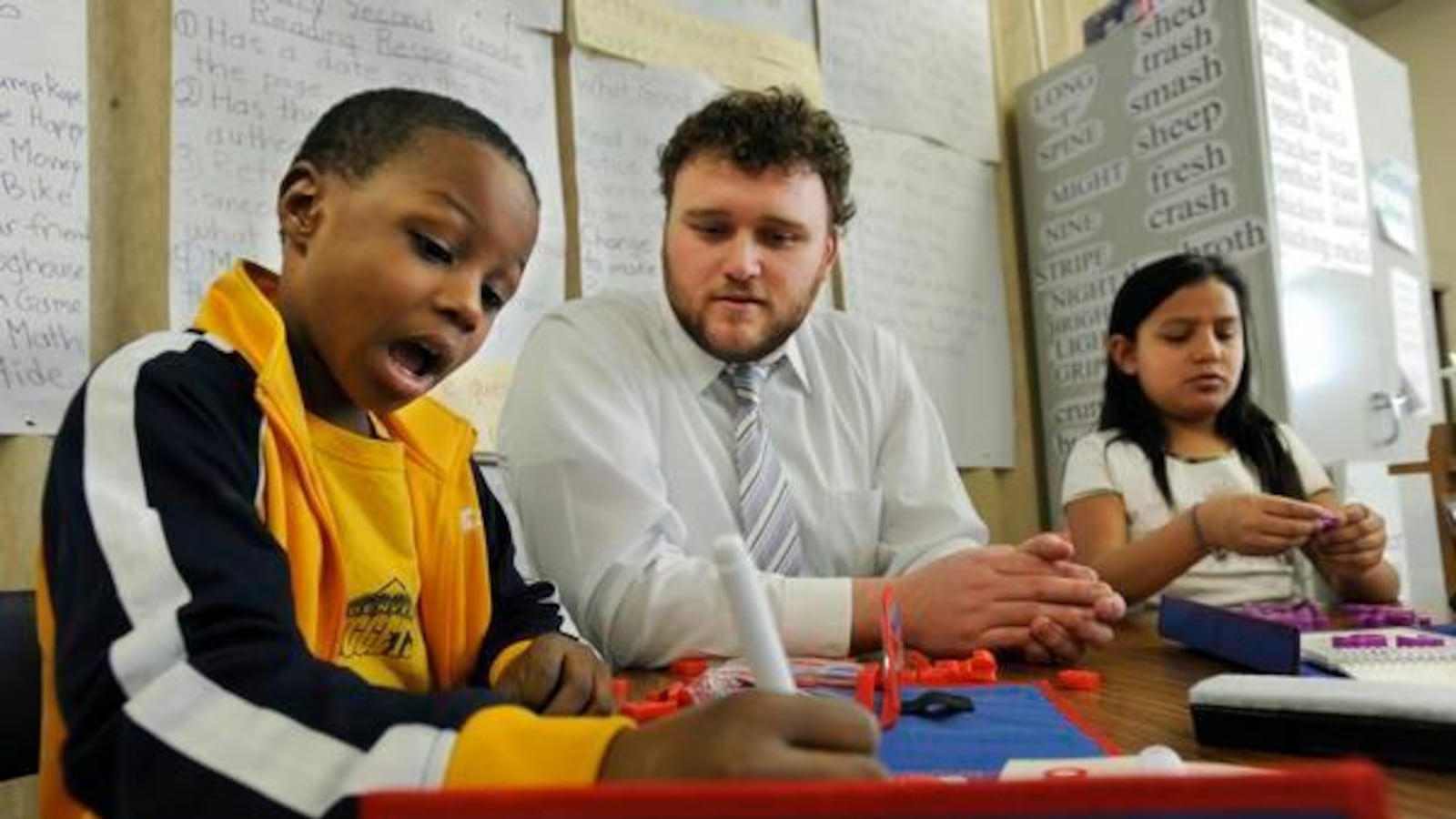After a couple years of Indiana schools fretting that there aren’t enough teachers to fill every classroom, the state is now seeing an uptick in the number of people becoming teachers.
In 2016, 4,552 college grads earned their initial practitioner licenses, the credential that first-time teachers, administrators and other educators need to work in an Indiana school. That’s an 18 percent increase over 2015, when 3,843 educators earned the license, but still down 20 percent from 2010 when there were 5,685 licenses issued.
“Now more than ever, Indiana needs more individuals to choose teaching as a profession, “ said state Superintendent Glenda Ritz in a news release today.
The increase comes despite the failure in the legislature last spring of several bills that were intended to address a teaching shortage that has affected schools in urban and rural areas, particularly in hard-to-fill subject areas such as science, math, foreign language and special education.
Bills considered by the legislature would have made changes to teacher mentoring programs and pay, among other things, but the only measure to pass was a smaller-scale scholarship bill that, beginning this year, sets aside up to $7,500 per year for 200 high-achieving students across the state to go to college each year to become teachers.
Measuring the extent of the teacher shortage in Indiana is a complicated task.
Changes to reporting rules and how data is collected both in the state by the education department and nationally through college submissions, for example, make some data sets slightly different and difficult to compare.
Last year, some Indiana districts reported problems finding teachers and keeping them in the classroom, but despite many debates and a 49-member panel created by Ritz that was dedicated to finding solutions, legislators took little action, passing just two laws that aligned with the panel’s recommendations.
But not every school or district is having trouble hiring, and data on whether the state is seeing a true teacher shortage is inconclusive and doesn’t span every region or subject. Some national experts and researchers even say the notion that there are teacher shortages, both in Indiana and across the nation, have been vastly overstated for years.
Ritz reiterated statements she made earlier this summer that addressing teacher shortages will still be a priority during next year’s legislative session.
“Today’s numbers show that the first steps of healing have begun, but we have more work to do,” Ritz said in today’s release. “I look forward to working with the legislature and the next governor to ensure that every Hoosier student has access to an excellent educator by systematically addressing the needs of the teaching profession.”
For more information on state teacher shortages, check out these Chalkbeat stories:
- The basics of Indiana’s teacher shortage debate: What comes next?
- Ritz: Indiana teacher shortage still a problem, needs to be addressed
- Why people think there’s a teacher shortage in Indiana and why they’re probably wrong
- State panel tries to understand why teachers leave their jobs
- A shortage everyone can agree on: Indianapolis schools don’t have enough black teachers
- For new teachers, school support can make the difference between staying or leaving

